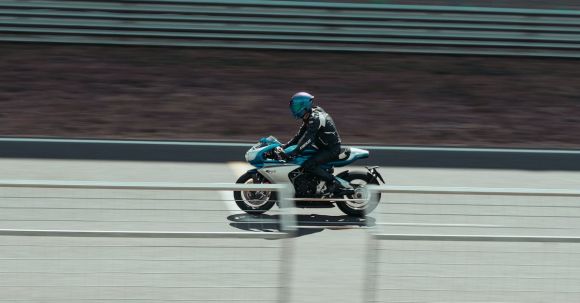Riding a motorcycle requires a unique set of skills, including balance and control. These two factors are crucial for maintaining stability, maneuvering safely, and ultimately enjoying the ride. Whether you are a seasoned rider or a beginner, there are several ways to improve your balance and control on a motorcycle. In this article, we will explore some useful tips and techniques to help you enhance your riding skills.
Mastering Body Positioning
One of the key elements in maintaining balance and control on a motorcycle is proper body positioning. By positioning your body correctly, you can distribute your weight effectively and maintain stability. Here are a few tips to improve your body positioning:
1. Relax your upper body: Tension in your upper body can hinder your ability to maintain balance. Keep your shoulders relaxed, and avoid gripping the handlebars too tightly. Instead, use a light grip while maintaining control.
2. Bend your knees: By keeping your knees bent and gripping the tank with your thighs, you create a stable base. This allows you to absorb shocks and maintain balance during acceleration, deceleration, and turns.
3. Look ahead: Always keep your eyes focused on the road ahead. Looking where you want to go helps you anticipate obstacles, maintain a smooth line, and react quickly if needed.
Improving Braking and Acceleration Techniques
Braking and acceleration play a significant role in maintaining control on a motorcycle. Here are a few tips to enhance your braking and acceleration techniques:
1. Gradual braking: Avoid sudden or harsh braking, as it can cause skidding or loss of control. Instead, practice gradual and progressive braking, applying pressure evenly to both the front and rear brakes.
2. Smooth acceleration: Similarly, avoid sudden acceleration that can lead to wheel spin or loss of traction. Gradually increase the throttle, especially when exiting corners or riding on slippery surfaces.
3. Practice emergency stops: Regularly practice emergency braking to improve your reflexes and control. Find an open area, gradually increase your speed, and practice braking until you come to a complete stop. This will help you develop muscle memory and improve your ability to react in critical situations.
Enhancing Cornering Skills
Cornering is an essential skill for any motorcycle rider. It requires balance, control, and the ability to maneuver smoothly. Here are some tips to enhance your cornering skills:
1. Choose the correct line: Approach corners from the outside, gradually leaning your body and the motorcycle towards the inside of the turn. This allows you to maintain a smooth line and maximize traction.
2. Countersteering: Countersteering is a technique where you push on the handlebar in the opposite direction you want to turn. This initiates the lean and allows you to navigate corners more efficiently. Practice countersteering in a safe environment to improve your control during cornering.
3. Control your speed: Entering corners at excessive speeds can lead to loss of control. Instead, focus on controlling your speed before entering the turn, maintaining a consistent throttle throughout the corner, and gradually accelerating as you exit.
Conclusion: Continuous Learning and Practice
Improving balance and control on a motorcycle is a continuous learning process. It requires practice, patience, and an ongoing commitment to enhancing your riding skills. By mastering body positioning, improving braking and acceleration techniques, and enhancing your cornering skills, you can significantly improve your balance and control on a motorcycle. Remember, safety should always be your top priority, so never hesitate to seek professional training or guidance to further develop your skills. Keep riding, keep learning, and enjoy the freedom of the open road!
